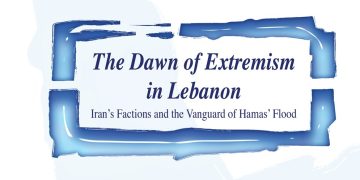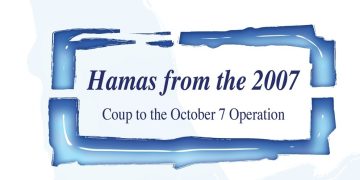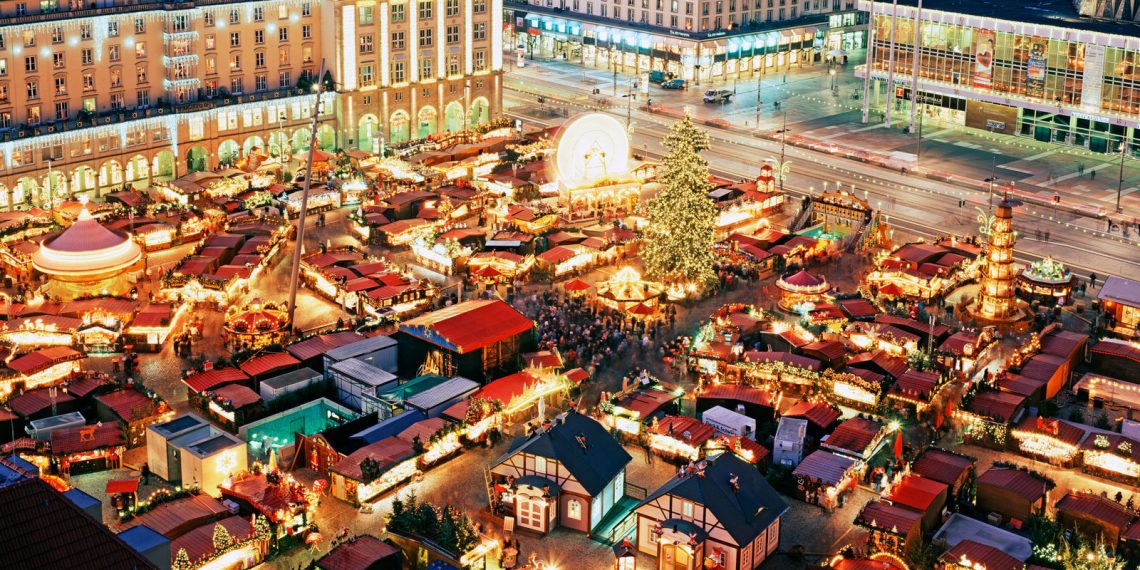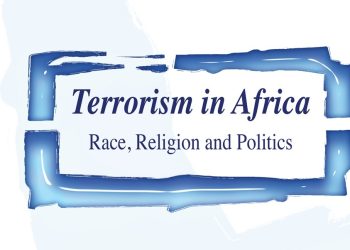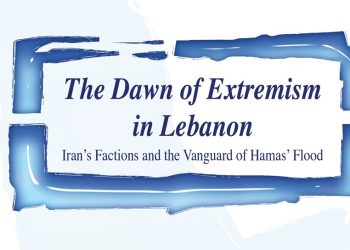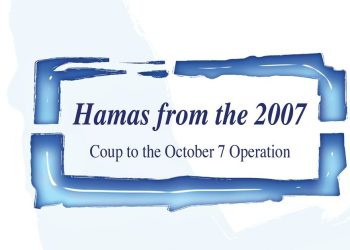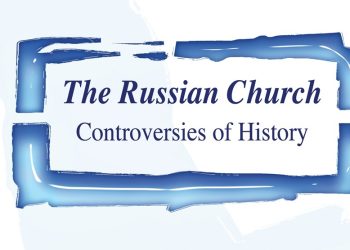In the last few weeks, the Islamic State has been sending warnings that new attacks could be carried out on Christmas markets and high-traffic streets over the holiday season in Europe and the United States. In light of the double symbolism of Christmas to jihadists, the risk is real. Not only is Christmas the most important celebration for the “kuffar” (infidels); it is also the time of year in which the “consumerist” and “decadent” behaviors of Western societies reach their peak.
Last year, ISIS fighter Anis Amri killed 12 people by driving a lorry through a festive market in Breitscheidplatz, Berlin. A few days later he was shot and killed by police in Sesto San Giovanni, Milan. At the end of November in Frankfurt, six Syrian nationals detained by German police were released without charges after initial investigations found there wasn’t sufficient evidence of a terror plot. There are indications, however, that the men have had contact with ISIS and were likely planning a terror plot on a Christmas market. According to the initial account from police, the Syrian nationals had applied for asylum and were suspected of being ISIS members. However, an attack “had not been fully planned yet” according to the official statement.
Beside the obvious relevance of Christmas to jihadist propaganda, this kind of attack reflects a trend — logistical simplification.
Since the release of the most notorious message by the late ISIS spokesman Abu Mohammed al-Adnani in September 2014, the number of logistically simple attacks has increased. The video by al-Adnani, who was killed by the Coalition at the end of August 2016, specifically mentioned vehicles as he urged ISIS sympathizers to carry out attacks on Westerners and their allies: “Smash their head with a rock, or slaughter them with a knife, or run them over with your car, or throw them down from a high place, or choke them, or poison them.”
Followers listened: On July 14, 2016, a 19-ton cargo truck was driven into crowds of people celebrating Bastille Day on the Promenade des Anglais in Nice, France, resulting in the deaths of 86 people. Anis Amri’s attack happened December of the same year: He killed a truck driver, then drove the truck into the Berlin Christmas market, killing 12 people and injuring 56. On March 22, 2017, 52-year-old British-born Khaled Masood ran over people on the Westminster Bridge, London, killing four before being shot by police. Also in London, on June 3, a van was driven into the crowds between the London Bridge and the Borough Market. The three perpetrators then left the vehicle and began stabbing bystanders, slaughtering eight before being killed by police officers. Finally, this past August 17, a van ran over the crowd on La Rambla in Barcelona, killing 16 and injuring 124.
None of these attacks required substantial personnel or long-term planning. Logistically simple attacks are unpredictable, and the essential measures adopted to prevent them – like placing concrete barriers to cars around pedestrian roads, Christmas markets, and other kinds of gatherings — cannot be easily implemented in every circumstance. Moreover, as stated in one of the latest posters of Islamic State’s propaganda, barriers do not prevent attackers from entering on foot:

This image, released from the SITE Intelligence Group at the beginning of December, comes with other similar pieces of propaganda focusing on Christmas and holidays in Western cities. Most of the images are designed by a member of the Islamic State calling himself Dr. Almani, which could be a reference to a banned Twitter account of an “explosives warehouse official.”
The world conjured in Islamic State propaganda is full of symbolism. As jihadi propaganda floods the Internet with violent threats to the West, it uses the same Western symbols it despises and abhors — a sort of macabre and dreadful irony that serves to create suspense before the next attack:

The above image, threatening the United States, portrays Times Square, one of the most popular and crowded areas of New York City. It shows Santa Klaus standing with a red sack full of dynamite, ready to take action.
In the poster below, the threat “Soon on your holidays” is written in Arabic, English, French, and German, accompanied by a blood-soaked knife held by a fighter in a Christmas market close to the Eiffel Tower.

Obviously, with the Christmas period approaching, the symbolical relevance of Rome, the heart of Christianity, is particularly strong. In the last few weeks, the Islamic State has been urging jihadists and Islamic State’s sympathizers to target “young people, women and the elderly” in lone wolf attacks at tourist hot-spots in the city, including the Vatican.
The threat mainly comes from ISIS-supporting Wafa’ Media Foundation, which also circulated a different image depicting a vehicle moving toward the Vatican with weapons, vowing “Christmas blood.”

Undoubtedly, penetrating the Vatican to perpetrate an attack will be far from easy, since visitors have to undergo meticulous body searches, entry is usually restricted to a few access points, and San Pietro Square and the surrounding colonnade are constantly monitored by the Italian police. Though the Square belongs to the sovereign territory of Vatican City, Italian security officials are in charge of patrolling it up to the staircase of the basilica.
Currently, the alert level in Italy is 2, the second highest level in NATO’s system. In the past few months, police officers’ training has been reorganized according to new guidelines that include a stronger focus on counter-terrorism prevention and response.
Rome is no longer just the idealized target of an overall “caliphal” narrative of eventual European conquest; it is also a practical target for attacks — the sooner the better.



